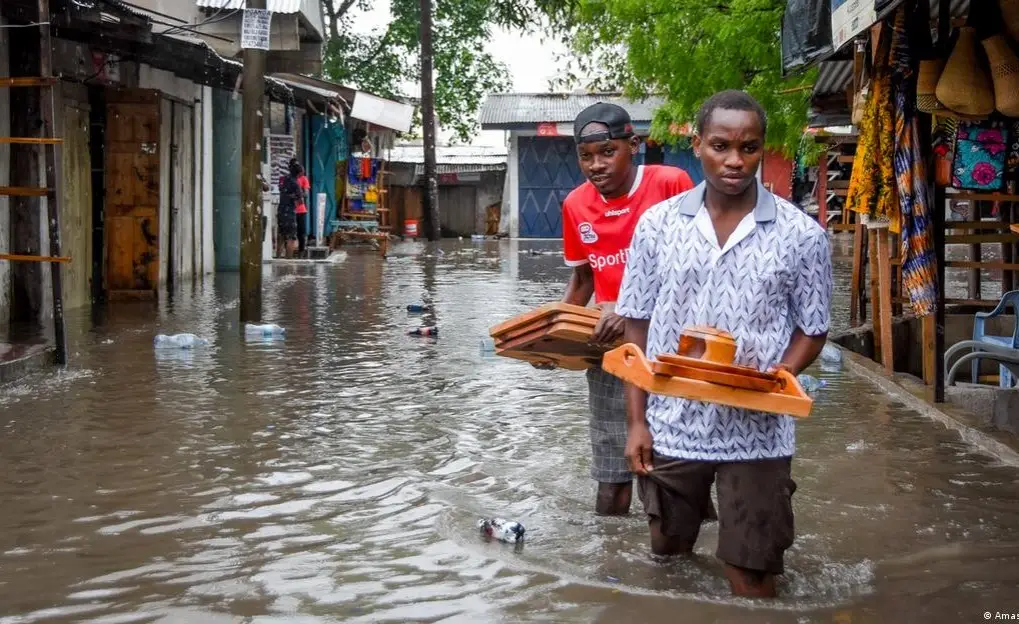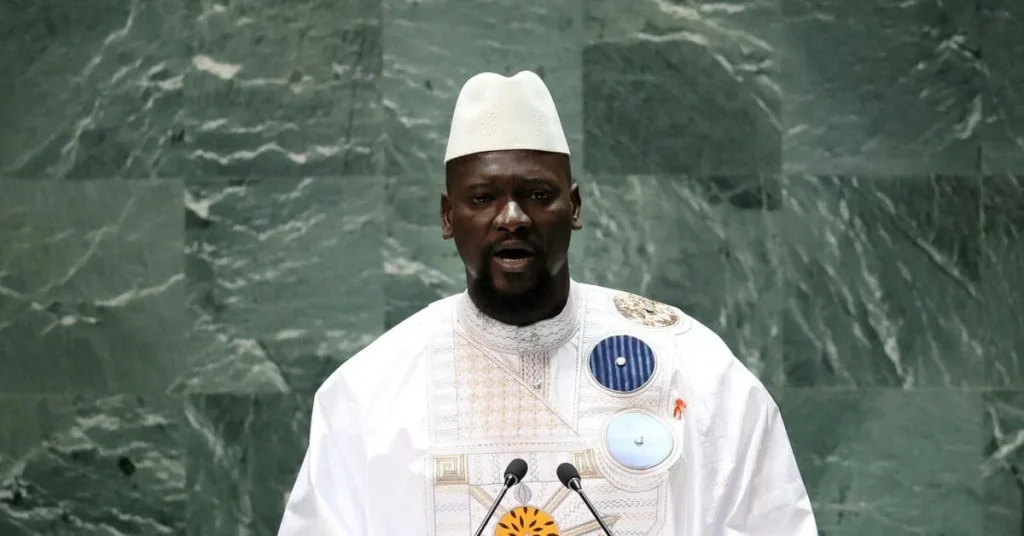Relentless rains and floods have plunged Kenya and Tanzania into a severe humanitarian crisis, claiming numerous lives and displacing thousands across East Africa. Authorities in both nations warn that the torrential downpours, exacerbated by the El Niño weather pattern, show no signs of abating, threatening further devastation in a region highly vulnerable to climate change.
Catastrophic Impact Across East Africa
In Kenya, the floods have killed at least 228 people, with dozens still missing, according to government figures. Over 212,000 individuals have been displaced, many forcibly or voluntarily evacuated from flood-prone areas. In western Kenya, the River Nyando overflowed, inundating a police station, school, hospital, and market in Ahero, Kisumu County. Rising water levels submerged a key bridge on the highway to Nairobi, disrupting connectivity. The deadliest incident occurred when a dam burst near Mai Mahiu in the Rift Valley, claiming 58 lives, while a boat capsizing in Tana River County killed seven, with 13 others unaccounted for. Tanzania has also been severely hit, reporting 155 deaths, with coastal areas bracing for continued heavy rains despite the weakening of Tropical Cyclone Hidaya after its landfall on Mafia Island.
Government Response and Criticism
Kenya’s government, led by President William Ruto, has faced accusations of being unprepared despite weather warnings. The opposition Azimio party has called for the floods to be declared a national disaster, highlighting the government’s slow response. Ruto, addressing residents in Nairobi’s Mathare area, described the situation as dire, attributing the cycle of droughts and floods to environmental neglect. The Interior Ministry has warned of further flooding in low-lying, riparian, and urban areas, with risks of landslides in regions with steep terrain. Mandatory evacuations have been ordered near major rivers and dams to prevent further loss of life, as many reservoirs threaten to overflow.
Health and Education Challenges
The floods have disrupted daily life, with schools closed across Kenya. The Education Minister assured that students would have opportunities to catch up on missed classes. Health risks are mounting, with one reported cholera case and incidents of diarrhea, raising concerns about waterborne diseases. Jagan Chapagain, head of the International Federation of Red Cross and Red Crescent Societies (IFRC), warned of a wider humanitarian crisis as forecasts predict more rain, intensifying the region’s plight.
Regional Vulnerability and Ongoing Efforts
The floods, worsened by El Niño and a positive Indian Ocean Dipole, have caused over 400 deaths across East Africa, uprooting hundreds of thousands and damaging infrastructure, homes, and crops. While Tanzania’s Meteorological Authority confirmed that Cyclone Hidaya no longer poses a threat, coastal areas remain at risk from strong winds and waves. Humanitarian efforts are underway, but the scale of the crisis demands urgent international support to address displacement, health risks, and food insecurity.






